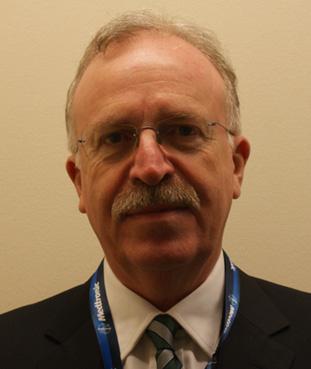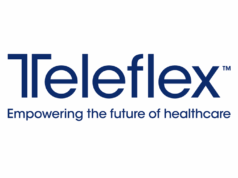
By George Hamilton
Over the lifetime of the European Society for Vascular Surgery (ESVS), European vascular and endovascular surgery has grown in expertise and status, but in parallel there has been an important growth in basic and translational research. This has been across all of Europe, East and West, expanding vascular treatment and successful outcomes for our patients. One example of many is endovascular aneurysm repair first developed in Russia, which has led to a true paradigm shift in aortic aneurysm care. The clinical success of European vascular surgery and the ESVS has meant a crowded programme in the Annual Meeting which currently does not fully reflect the exceptional quality of European vascular research. The ESVS has acted to foster and give voice to vascular research by this Inaugural Meeting of ESVS: Vascular Biology, Materials and Devices.
This first meeting will be hosted by the Goethe University Clinic in Frankfurt under the guidance of Professor Thomas Schmitz-Rixen of Frankfurt and Miss Janice Tsui of University College London. The meeting has been structured to be affordable and allow easy access for delegates from across Europe with a two-day programme starting at midday on the first (Friday) and finishing after lunch on the second day (Saturday). The format is of six symposia, each with a theme. At the beginning of each session there will be a Keynote Lecture delivered by acknowledged experts in that field followed by five or six selected and related scientific presentations. This will deliver six world class Keynote Lectures in the domains of vascular biology, materials and engineering and also allow over 30 vascular scientists and surgeons to present their work to a very distinguished faculty.
The six themes are:
- Vascular development, regeneration, angiogenesis and arteriogenesis
- Genomics of cardiovascular diseases and diabetes
- Molecular and cellular biology of vascular diseases
- Stem cells and tissue engineering
- Biologic behaviour of absorbable stents
- Biomechanical performance of fenestrated and branched grafts
To stimulate friendship and collaboration, on Friday evening there will be a dinner in one of Frankfurt’s oldest and most typical eateries, ‘Apfelwein Wagner’, featuring the renowned Frankfurter Grüne Soße, home-made Apfelwein and local entertainment.
A very important aim of the ESVS is the opportunity to build collaborations and friendships across Europe aiming to attract young (and older) researchers. Not only will this be a golden opportunity to present your work but also to learn, be updated and stimulated in other fields.
Also the society’s aim is to provide an annual forum for European researchers to make the most of opportunities to interact, cross-fertilise and develop research relationships and collaborations with your peers and recognised leaders. Translational research will form a key component of this meeting and engagement with industry is one of our key objectives.
As is the case for abstracts submitted to the ESVS meeting in September we would expect successful authors to submit a paper to the European Journal for Vascular and Endovascular Surgery.
The ESVS calls on researchers, young and old, to participate in this inaugural meeting’s success which will highlight and develop the strength and depth of European vascular research. Our ambition is to realise an annual coming together of Europe’s brightest vascular surgeons and researchers in a spirit of intellectual commitment, collaboration, friendship and fun!
George Hamilton is the president of the ESVS 2013












